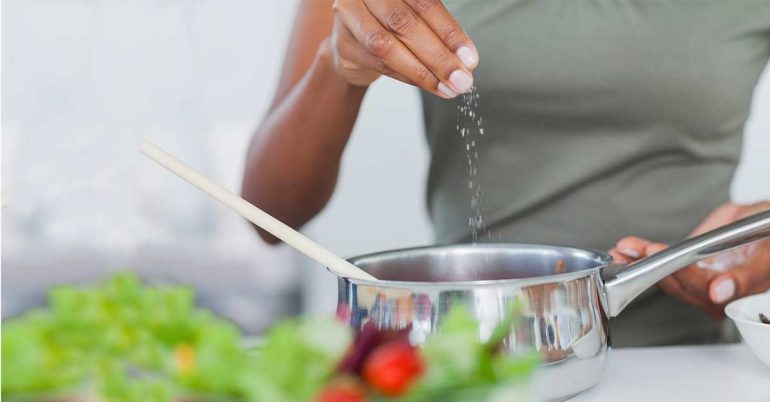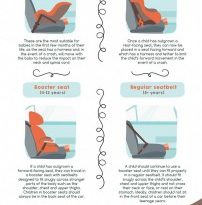Is your health worth the salt?
How often do you taste your food before you grab the salt? With March highlighting the effect excessive salt consumption has on a person’s body, ER24 is urging people to cut down on their salt intake if they are guilty of going overboard.
How does salt increase blood pressure?
“When you eat too much salt or sodium, your body holds on to extra water to wash the salt out,” explains Dr Robyn Holgate, ER24’s Chief Medical Officer. “The added water, as a result of the salt, puts more stress on the heart and the blood vessels and may increase your blood pressure.”
A high salt diet can contribute to high blood pressure, stroke, heart disease, osteoporosis, stomach cancer, kidney disease, obesity, etc.
The salt you don’t see
The problem is not only about the salt you have added to your food, but also the salt already concealed in the food through various processes. “There is a lot of salt that you might be unaware of that is hidden in food, like MSG (Monosodium Glutamate). Those are the things we don’t necessarily look for on the labels, and that may result in you having a higher salt intake than you really should. Your salt intake should be less than a teaspoon of salt a day,” said Robyn.
She further recommends ways in which you can lower your salt intake. “Avoid table salt, high sodium foods and salt substitutes. You don’t have to add salt to your diet. Read the labels and make sure that you choose food that is sodium free, low sodium or unsalted. Watch the salt substitutes, some of them still contain sodium although they might say salt-free. High sodium foods include bacon, most processed food (lunch meat, ham, soy sauce, salad dressing, boxed food, snacks, pickled and marinated food),” said Robyn.
More recommendations on how to cut down on your salt intake:
- Cut down on obvious salty foods such as potato chips, bacon and foods packed in brine. When buying tinned vegetables, look for those canned in water rather than in brine.
- Switch to low salt (low sodium) versions of foods.
- If you use stock cubes, look for a brand that is low in salt and free from hydrogenated vegetable oil.
- Cut down the amount of salt you add when cooking.
- Use herbs and spices to season your food instead of salt.
- Don’t add salt at the table, or at least taste your food first – it probably won’t need salt.
- Read food labels when you are shopping. While it is difficult to find, look out for foods with 0.25g salt or less per 100g (0.1g sodium or less per 100g) or the closest to this.
- Preparing any meal or food at home can largely reduce your salt intake, as you have control over the preparation methods of your food as well as what you add into the ingredients. Takeaways traditionally contain high amounts of salt, either added to it or already part of the preparation method of these more processed foods.
- Pack lunches for children instead of allowing store bought junk food lunches.
- Provide a balanced meal for children. Their lunch should contain a whole wheat starch (low GI bread or brown rolls, whole wheat crackers), a lean protein (lean cold meat, eggs or beans) and a fruit.
- Packed lunches still need to be interesting, and parents need to be sure that portions are appropriate for their child’s age and appetite. Some after-school snack ideas include low-fat yoghurt with fresh fruit or canned fruit in juice, fresh vegetable sticks with cottage cheese or avocado as a dip.
Healthy Eating, Driver Fitness and Safer Driving https://t.co/RTIiKc49K0 #ArriveAlive #Health #DriverFitness pic.twitter.com/m0mGHxxMrb
— Arrive Alive (@_ArriveAlive) January 23, 2019




